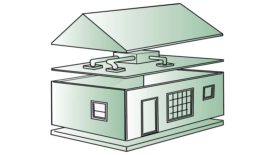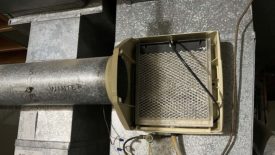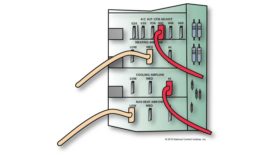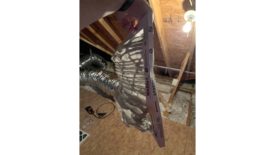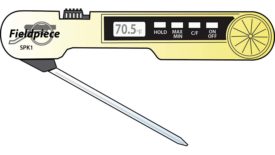Home » Keywords: » Duct Dynasty
Items Tagged with 'Duct Dynasty'
ARTICLES
How a Bypass Humidifier Works
Furnace-mounted humidifiers great solutions for dry winter air, have limitations
Read More
Lessons from a CO Alarm Newbie
Somewhere right now an HVAC technician is dealing with their first carbon monoxide (CO) alarm call
Read More
How to Adjust Blower Speeds Using Fan Law Two
Assuming high speed for cooling and low speed for heating no longer works with today’s equipment
Read More
Three Common Signs of Air Filtration Failure
Nasty indoor coils are a leading cause of water damage, compressor failure, and IAQ issues
Read More
Customer Service Lessons a Veterinarian Taught Me
Don’t forget to put yourself in the customer’s shoes and see the experience through their eyes
Read More
How to Add Combustion Testing Services to Your Company
One of the biggest challenges for companies that want to start combustion testing is where to begin
Read More
The One-Degree Principle
Duct renovation and high-performance HVAC are not for low-initiative contractors because they require a lot of sustained effort
Read More
Duct Renovators Are the Missing Link
True efficiency comes from both the installation and the equipment
Read More
Copyright ©2024. All Rights Reserved BNP Media.
Design, CMS, Hosting & Web Development :: ePublishing


